Driving With a Bad Catalytic Converter – How Long Can You Drive
The most important component of the exhaust of a car is its catalytic converter.
The catalytic converter is found in the exhaust line between the muffler and the engine, and its basic purpose is to maintain an efficiency level required by the state to limit pollution while reducing the emissions from the exhaust. It has some precious metals inside it known as catalysts which react with the pollution before it can be released to the atmosphere, converting them to less harmful gases hence making the system environmentally friendly.
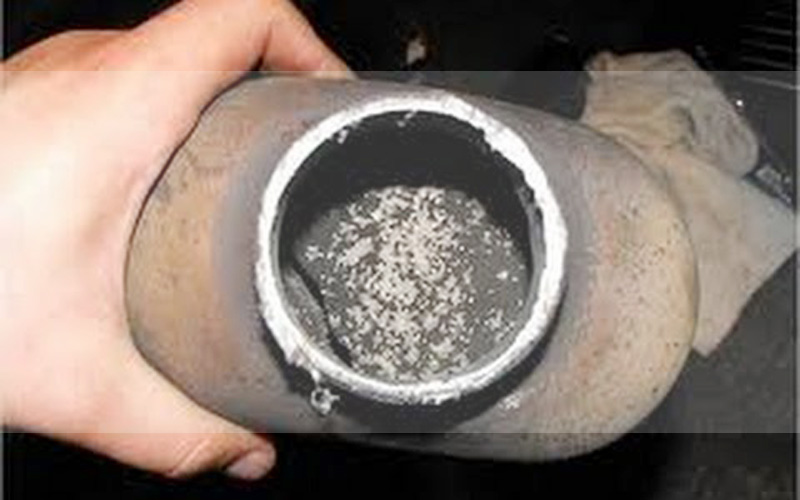
Bad catalytic converters are terrible for the environment, driving with a bad or no catalytic converter not only means you are driving around transmitting various harmful gases to the air, but also the passenger area of your vehicle. While your car can still give you drives as long as you want even with your converter going bad although, you will notice some rotten smell and smoke every time you drive. Your car will stop working efficiently but would not stall completely because of the bad catalytic converter.
The only way your bad catalytic converter can stop you from driving your car is through police. If you get caught with a bad catalytic converter which is, of course, a threat to the environment, you can get charged with fines, and you may not even be able to drive your or any other car before you get your catalytic converter replaced first. However, it may also stop you from driving if it becomes completely clogged, which only happens if you keep driving with a bad cat-con for a long time or it gets wrecked.
Hints That Your Catalytic Converter Is Going Bad
Before keeping in mind that you are driving with a bad catalytic converter and considering some safety tips about it. First, you need to be sure about having a bad catalytic converter. Here we will briefly discuss how the engine will be dropping some hints of the catalytic converter going bad.
The engine’s performance will start to suffer, and it will keep worsening over time. Your vehicle’s pick will be the one having the worst time, and the engine will not be as responsive as it used to be. You notice a clear difference in stepping the accelerator of the car and being accelerated.
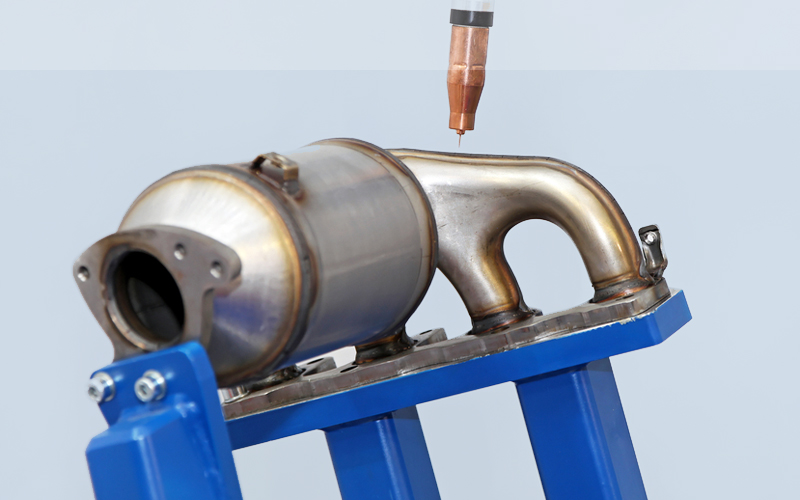
You’re driving around as usual, and there’s just so many rattling noises that are making you crazy, that right there is a clear sign that you don’t have a good catalytic converter. This is usually the noise generated from some loose parts within your cat-con. This is one of the most serious problems because the loose parts could eventually block your entire exhaust pipe and stop your wheels!
Finally, the easiest sign to apprehend is the smell of rotten egg and noticed the engine light turned on. Under usual circumstances, the catalytic converter converts the exhaust gases into harmless, odorless Hydrogen Sulfide whereas if it gets clogged up, the conversion is not successful hence you can smell the sulfur in the air which smells somewhat like rotten eggs. You can also undergo an emissions test to be sure about the bad catalytic converter.
How Long Can You Drive With A Bad Catalytic Converter
However the reasons to have a perfectly working catalytic converter in your vehicle are ample, from performing efficiently to conserving the environment, they still can be avoided if you want, but the usual answer here is “It can be driven as long as you want.” In fact, vehicles did not even come with pre-equipped catalytic converters until 1975, so if your car is older than that, it may not even have one. So, let’s dig a bit deeper into this!
A bad catalytic converter can be driven indefinitely and doesn’t hurt much depending upon your drive and the severeness of your issue. If your catalytic converter is slightly bad and the only destinations you ride to are close by, it is probably not a disaster for you, and you don’t need to rush and get it replaced or get it unclogged. Keeping in mind, you will have a significant amount of your money being wasted on the extra fuel being consumed, which keeps on increasing if the cat-con keeps on being plugged. The performance your engine will be delivering will also go downhill, so you need to be prepared for that as well.
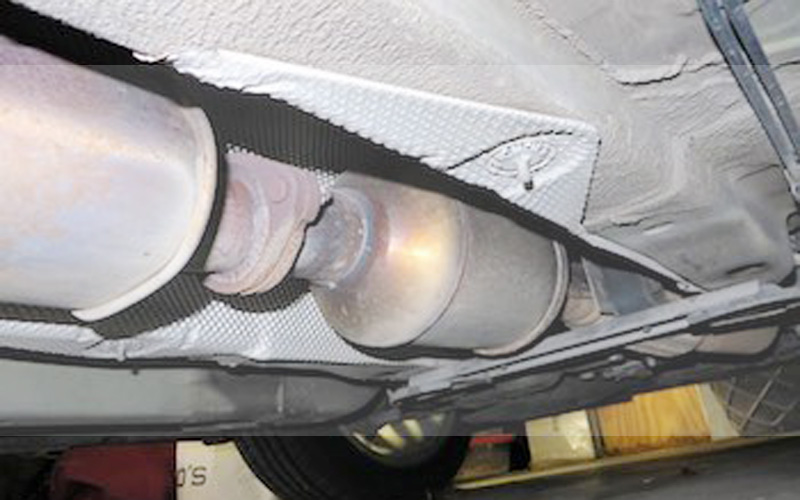
If your vehicle is burning too much fuel, or “running rich” as some people call it, it may result in the inner fiber of your catalytic converter being burned. Essentially this wouldn’t keep your vehicle from running, but you will notice some smoke and observe a smell while you drive.
The worst-case scenario is faced when the catalytic converter gets too much clogged over time and stops operating and eventually leaving you stranded along the road. This often happens if the parts inside the cat-con get loose and jam the exhaust pipes.
Driving with a bad catalytic converter, your engine heats up far more than usual. Especially if you are going for longer trips, you should be looking out for this. Pay very close attention if the floor near the catalytic converter is getting very hot, or the whole cabin in general because however fewer possibilities maybe, a very high temperature around the engine could always make the vehicle catch a fire.
Last but not least, the area you’re driving around really makes a difference! Some countries require the vehicles passing the emission test. You don’t need failing these tests as the penalties are whopping and wish that you rather had your catalytic converter replaced.
Related Post: How to Unclog a Catalytic Converter
Being Cautious While Driving With A Bad Catalytic Converter
As we’ve already reached to a conclusion that you can manage things and drive even with having a bad catalytic converter, still we need to look at some safety precautions we need to have on our mind to avoid any discomforts.
Running the car without a proper functioning catalytic converter might make it run very hot. This increased temperature around the engine of the car may start a car fire in the worst case. This situation, however, is very less likely to happen and may only be faced when going on long trips. So what you can do is taking some breaks while longer drives to make sure it cools down enough to avoid any problems caused by overheating.
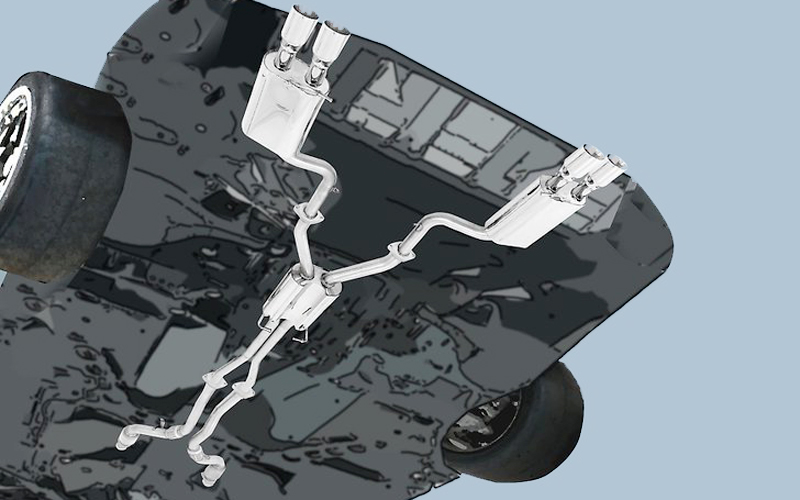
Eating up fuel is amongst the main characteristics of a plugged catalytic converter, and it might seem a bit insignificant to you right now but approaching longer trips, this could turn out to be something you need to be very careful about. The fuel tank will be going out a lot earlier than usual, and you might miscalculate the time when you need to refill it. So, driving on highways or areas with less filling stations around, don’t wait out for the tank to go low and get it filled before going below 30%.
Be sure to check whether the area you’re cruising has tight rules about having bad catalytic converters. If caught, you could be charged heavily, depending upon the state. So if the issue is known and the fine in your state is high, it might be in your best interest have your bad catalytic converter replaced as the fines are far more than the replacement cost and you won’t be able to drive unless you get it replaced if you’re caught.
Read Also: Top 10 Catalytic Converter Cleaner Review
Conclusion
Catalytic converters have been pretty crappy in the past but thanks to the ever-increasing tech, they are better than ever as well as very reliable. They are not something which wears off easily and is meant to go on for the life of your vehicle. However, there is no uncertainty when it comes to machinery, and they can go bad for one reason or another.
As of now, we have successfully answered the question of how long can we drive with a bad catalytic converter and we know the safety precautions to take while driving with it, I hope you still know why it may not be in your best interests to do so.
However, under certain circumstances, it might be advisable not to pay heavy amounts of replacement whenever you run into a problem with catalytic converters. One of the circumstances being your usual drives being pretty brief that the extra money spent on fuel don’t bother you and the law enforcement isn’t that strict about getting you caught. In such a case, it is probably preferable to go with a clogged catalytic converter instead of paying huge replacement costs. As now you already are aware of the period you can go with a clogged cat-con and the things you should care about, I hope you are pretty good to go!
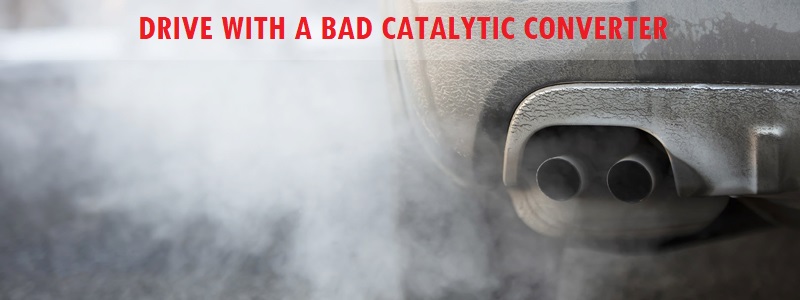

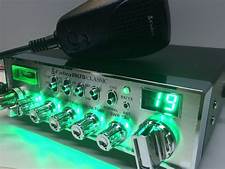



Post Comment